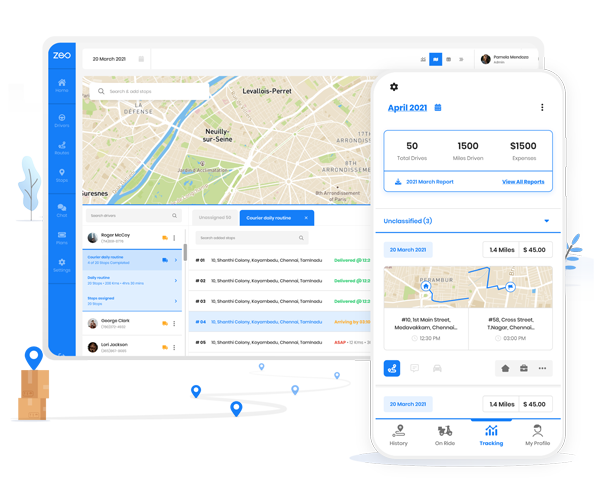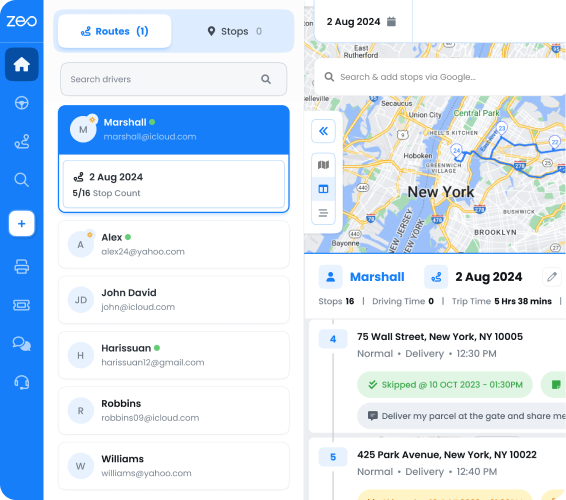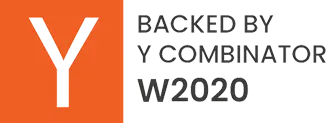When it comes to planning our journeys, we often face the dilemma of choosing between the shortest route and the fastest route. Both options have their merits, and the decision ultimately depends on individual preferences, specific needs, and the nature of the journey.
In this blog post, we will explore the differences between the shortest and fastest routes and help you determine which type of route is better suited for your needs.
Additionally, we will explore how a route planner like Zeo can assist you in finding both the shortest and fastest routes efficiently.
What are the 2 Primary Types of Routes?
Before we delve into the details, let’s understand the two primary types of routes: shortest and fastest.
- Shortest Route: The shortest route refers to the path that covers the least distance between the starting point and the destination. It may not necessarily be the quickest option regarding travel time, but it aims to minimize the total distance traveled. This route is often chosen when fuel costs or mileage is a concern or when the journey involves multiple stops or deliveries.
- Fastest Route: On the other hand, the fastest route prioritizes minimizing the travel time from the starting point to the destination. It may not necessarily cover the shortest distance but aims to consider factors such as traffic conditions, speed limits, and road conditions to optimize for quicker arrival times. This route is typically chosen when time is of the essence, such as during urgent deliveries, time-sensitive appointments, or when avoiding traffic congestion is crucial.
How Does it Differ from One Another?
The primary difference between the shortest and fastest routes lies in the factors they prioritize:
- Distance vs. Travel Time: The shortest route focuses on minimizing the distance traveled, which can save costs and reduce vehicle wear and tear. However, it may not consider potential delays due to traffic or road conditions, resulting in longer travel times. The fastest route, on the other hand, prioritizes reducing travel time by considering factors like real-time traffic data, speed limits, and road conditions. It may not always cover the shortest distance but aims to ensure a quicker arrival at the destination.
- Priorities and Preferences: The choice between the shortest and fastest routes largely depends on the priorities and preferences of the traveler. If time is crucial and the objective is to reach the destination quickly, the fastest route is preferred. However, if saving costs, reducing mileage, or accommodating multiple stops are the main concerns, the shortest route becomes more favorable.
Which Type of Route is Ideal for Your Business?
Determining the ideal route for your business depends on various factors:
- Nature of the Business: Consider the nature of your business and the specific requirements of your operations. If your business involves time-sensitive deliveries or services where punctuality is critical, the fastest route would be better. On the other hand, if your business focuses on cost-efficiency, minimizing mileage, or managing multiple stops, the shortest route would be more suitable.
- Customer Expectations: Understand the expectations of your customers or clients. If they prioritize quick delivery or service, opting for the fastest route ensures you meet their expectations. Conversely, if your customers value cost savings or are flexible with delivery times, the shortest route can be viable.
- Traffic & Road Conditions: Consider the typical traffic patterns and road conditions in your area of operation. If traffic congestion is common during certain hours, choosing the fastest route can help you navigate around delays. However, the shortest route might be a better fit if traffic conditions are generally smooth or if you can plan your operations during off-peak hours.
Read More: Top 5 Best Practices for Retail Deliveries in 2023.

increase fuel savings
Hassle Free Deliveries & Pickups!
Optimize routes with our algorithm, reducing travel time and costs efficiently.
Get Started for Free
How Can You Leverage Zeo to Assist You with Shortest & Fastest Routes?
Zeo Route Planner, a powerful tool for optimizing your routes, can be a valuable asset in effectively finding the shortest and fastest routes. Here’s how you can leverage Zeo to assist you:
- Advanced Routing Algorithms: Zeo employs advanced routing algorithms considering real-time traffic data, road conditions, and other relevant factors to calculate the most efficient routes. This ensures you receive accurate suggestions for the shortest and fastest routes.
- Customizable Preferences: With Zeo, you can customize your preferences based on your specific requirements. Whether you prioritize the shortest route, the fastest route, or a balance between the two, Zeo can accommodate your preferences and provide tailored results.
- Real-time Updates: Zeo leverages navigation partners that provide real-time updates on traffic conditions, accidents, and road closures. This feature lets you make informed decisions and adjust your route accordingly, ensuring you can navigate potential delays and optimize travel time.
Read More: The Art of Fulfilling On-Demand Deliveries.
Bottomline
Choosing the shortest and fastest routes depends on your unique needs and priorities. Consider factors such as time constraints, cost savings, customer expectations, and traffic conditions to make an informed decision. Remember, there isn’t a one-size-fits-all solution, and the ideal route may vary depending on the circumstances.
Utilizing a route planner like Zeo, you can efficiently find the most suitable route for your specific requirements, whether you prioritize the shortest or fastest option.
To learn more about our Route Planning tool, book a free demo today.

Are you a fleet owner?
Want to manage your drivers and deliveries easily?
Grow your business effortlessly with Zeo Routes Planner – optimize routes and manage multiple drivers with ease.

increase fuel savings
Save 2 Hours on Deliveries, Everyday!
Optimize routes with our algorithm, reducing travel time and costs efficiently.
Get Started for Free




















